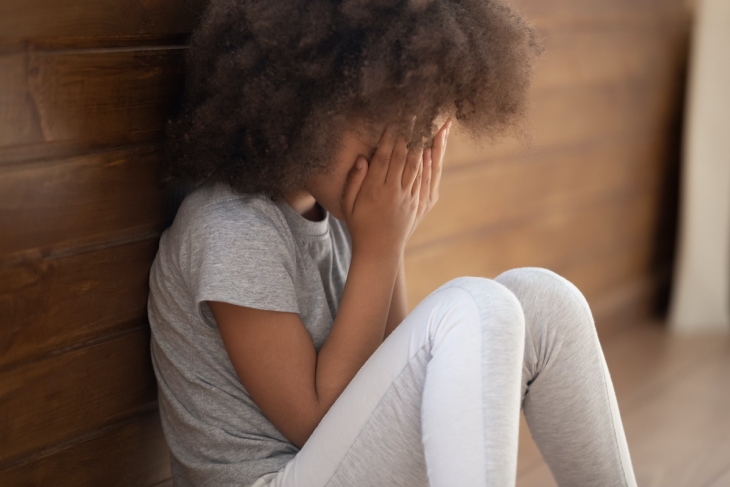It is no exaggeration to say that very little good can likely come from a global pandemic, especially in the short term. And while the “term” of the current pandemic seems to lengthen every day, we are still firmly in the realm of the immediate when discussing impacts. Thus the current series of reports coming to us from the Center for Reinventing Public Education (CRPE) under the “Evidence Project” banner are more downbeat table setting than faits accomplis. Their recent gathering of evidence on Covid-19’s effects on the mental health and social-emotional well-being of K–12 students follows that pattern.
The data in this report come from hundreds of studies from across the country—including fact-based accountings of how schools and districts responded to closures, remote learning models, grading, and the like, as well as detailed surveys of students, parents, and teachers. Eight panelists from higher education, non-profits, and student support organizations worked together to analyze and summarize the studies to provide a “coherent baseline” of all that is known and as-yet unknown regarding the state of students’ mindset after more than fifteen months of pandemic disruption to their education.
The summary findings are, as expected, overwhelmingly negative. Between 30 to 40 percent of young people have experienced negative impacts on their mental or social and emotional health during the pandemic, with students who learned remotely for long periods of time, and historically marginalized students, more likely to experience these negative effects. Rates of anxiety and attempted suicides, already on the rise pre-pandemic, appear to have increased among all students, especially girls. Even if some students reported faring well initially—including those who thrived without the distractions and stressors of in-person schooling—those positive effects did not appear to last. Negative effects for students increased over time.
Schools and districts also largely lacked systems to track student well-being and strategies to address and improve it where such effects could be found. This was especially apparent in rural areas without a strong social-service infrastructure outside of the school system. Data on students with disabilities and younger students up to ten years old were lacking, too. As were specifics on which aspects of mental and social-emotional health were the most impacted.
While assuming universally poor outcomes seems prudent at this point in the crisis, it is to be expected that many students will, out of necessity or just out of normal human striving, eventually report a boost in such skills as self-direction and time management. Some teachers reported a concerning lack of student motivation and engagement in learning. But it is also true that there has been no keener test of grit and perseverance in those students’ short lifetimes. Many will ultimately and actively battle their way through the storm.
The CRPE report takes pains to point out all of the information that is still to be collected and assessed, most of it related to specifics of how different types of students responded to education disruption for both better and worse, and what mix of supports and interventions are actually working to help students recover and regain their mental and social-emotional health. In short, we await the less obvious and longer gestating good to balance the immediate and more visible bad.
As stated within, the Evidence Project reports, including this one, are meant to be a first step. All of the data and snapshots will be combined into a “Profile of the American Student” that will “provide a rigorous and nuanced assessment of 1) how extensive student needs and inequities are across a variety of dimensions, 2) how student needs vary across different dimensions and what that implies for policy and practice, and 3) what promising solutions and innovations are emerging to meet students’ needs.” And even that ambitious product will only be a baseline so that future profiles can “track progress toward repaying every student the educational opportunities they are owed after this traumatic and disruptive period.” The downbeat assessment of students’ social and emotional well-being and mental health provided here is, hopefully, the bottom of the ladder.
SOURCE: Laura Hamilton and Betheny Gross, “How Has the Pandemic Affected Students’ Social-Emotional Well-Being? A Review of the Evidence to Date,” Center for Reinventing Public Education (August 2021).




